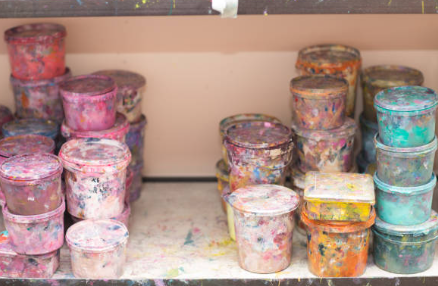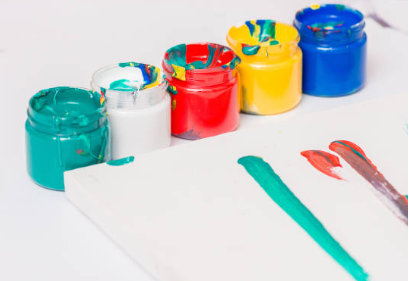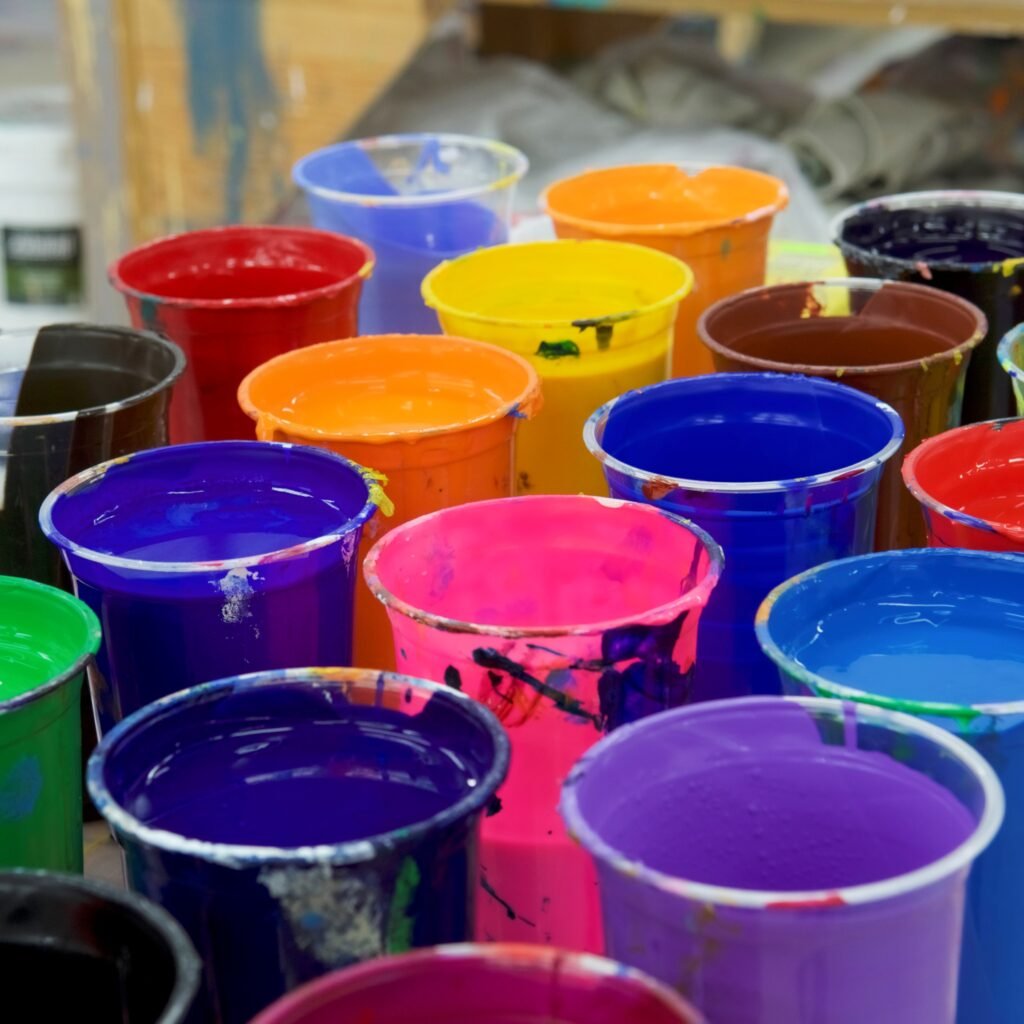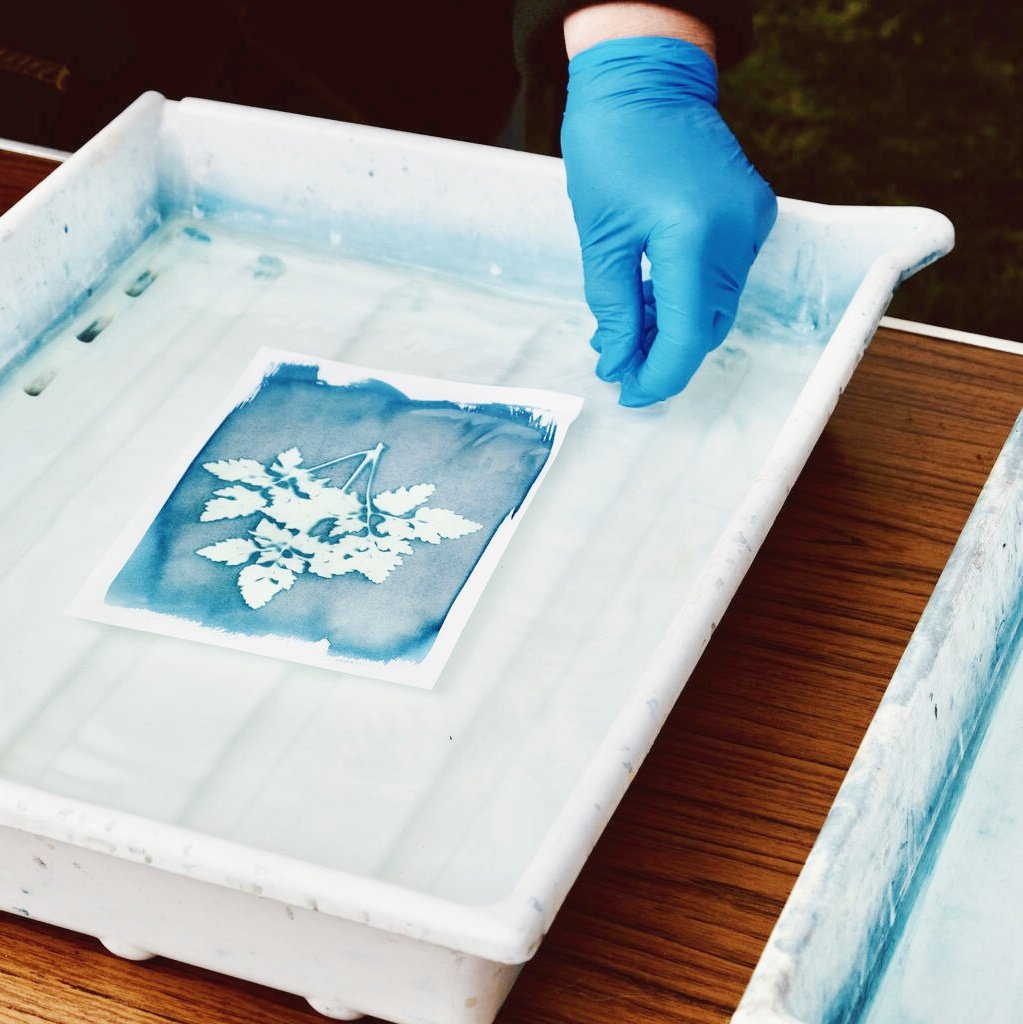Оглавление
Полное руководство по использованию пластизолевых чернил в различных отраслях промышленности
Пластизолевые чернила популярный выбор для печати на одежде, автомобилях, знаках и т. д. Но если вы используете его неправильно, ваши рисунки могут потрескаться, выцвести или смыть. Это руководство покажет вам, как использовать пластизолевые чернила правильный путь. Давайте начнем!
Что такое пластизольные чернила?
Пластизолевые чернила изготавливается из двух основных ингредиентов:
- ПВХ смола (вид пластика).
- Пластификаторы (маслянистые жидкости, делающие чернила мягкими и пригодными для работы).
Почему людям нравятся пластизольные чернила?
- Это не высыхает пока вы его не нагреете. Это значит, что он не засорит ваши экраны.
- Это делает яркие цвета которые выделяются даже на темных тканях.
- Он остается сильным и не выцветает после стирки.

Как пластизольные чернила используются в различных отраслях промышленности
1. Одежда и украшения
Лучшие ткани: Хлопок, полиэстер и смеси. Советы для достижения успеха:
- Использовать мягкие чернила для удобных футболок.
- Использовать чернила высокой плотности для объемных логотипов (например, на спортивных майках).
- Пример: Такие крупные бренды, как Gildan, используют пластизольные чернила для миллионов футболок.
2. Автомобилестроение и производство
Распространенное применение: Наклейки на приборную панель, покрытия проводов и бирки машин. Основные советы:
- Чернила должны обрабатывать высокая температура (более 300°F).
- Использовать усилители адгезии чтобы прилипнуть к металлу или пластику.
- Соблюдайте правила безопасности, такие как УЛ и Американское общество по испытанию материалов (ASTM) стандарты.
3. Знаки и упаковка
Лучшие материалы: ПВХ-баннеры, гофрированный пластик и Тайвек®. Продлите срок службы:
- Добавлять Химикаты, устойчивые к ультрафиолетовому излучению для борьбы с солнечными повреждениями.
- Для наружных вывесок используйте более толстые слои чернил.
4. Рекламная продукция
Как печатать: Использовать теплопередача для кружек, чехлов для телефонов и брелоков. Избегайте трещин: Отверждение при более низких температурах на изогнутых поверхностях.
Пошаговое руководство по использованию пластизольных чернил
1. Подготовьте свои инструменты
Выберите нужный экран:
- 110-160 ячеек для мелких деталей.
- 60-86 ячеек для толстых слоев чернил. Очистите свой материал: Сначала протрите поверхности спиртом.
2. Советы по печати
Исправить тонкие чернила: Добавлять отверждаемый восстановитель (например, добавки Wilflex). Остановить растекание чернил: Держите экран слегка приподнятым над тканью.
3. Вылечить чернила
Идеальное лекарство: Нагрейте чернила до 320°F–330°F в течение 60–90 секунд. Проверьте температуру: Используйте лазерный термометр для точности. Слишком жарко? Чернила становятся хрупкими. Слишком холодно? Чернила смываются.
Устранение распространенных проблем
| Проблема | Быстрое решение |
|---|---|
| Отверстия | Очистите экран и затяните сетку. |
| Чернила не прилипают | Используйте усилитель адгезии. |
| Трещины | Дайте чернилам медленно остыть после затвердевания. |
| Выцветание после стирки | Тестовые отпечатки с использованием Стандарты AATCC. |

Экологичные и безопасные варианты
Более безопасные чернила: Пытаться без фталатов такие бренды как Мацуи Эволв® или Районет ЭкоЛайн. Безопасность на рабочем месте: Следовать Руководящие принципы OSHA и читать Паспорта безопасности (SDS). Сокращение отходов: Перерабатывайте остатки затвердевшей краски, а не выбрасывайте их.
Новые тенденции в пластизольных чернилах
- Гибридные чернила Смешайте пластизоль с чернилами на водной основе, чтобы получить более мягкие ощущения.
- Проводящие чернила Печатные схемы на деталях автомобиля для создания интеллектуальных поверхностей.
- Эко-пластификаторы Используйте растительные формулы, изготовленные на основе соевого или касторового масла.
Часто задаваемые вопросы
Можно ли использовать пластизольные чернила на нейлоне?
Да! Используйте усилители адгезии во-первых, чтобы помочь ему закрепиться.
Заключительные размышления
Пластизолевые чернила идеально подходит для создания прочных, ярких отпечатков на одежде, автомобилях, знаках и т. д. Всегда сушите при 320°F–330°F, выберите правильный количество ячеек экрана, и попробуйте экологически чистые чернила нравиться Районет ЭкоЛайн для более безопасных проектов.
Нужна помощь? Загрузите бесплатно шпаргалка по отверждению пластизоля здесь.



